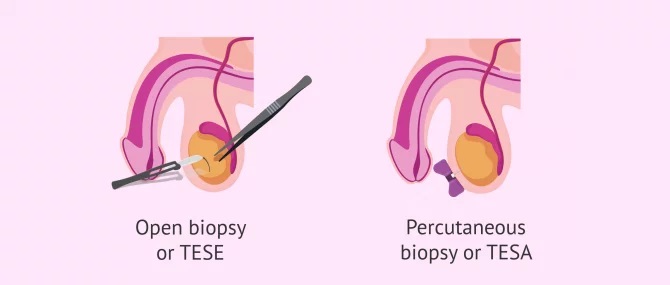A testicular biopsy consists of a small surgery that allows the extraction of tissue from the testicles and its observation under a microscope.
It can be done by opening the skin of the scrotum or by a puncture and aspiration with a special needle. A local or general anesthetic is administered in the area, so the testicular biopsy is painless.
In general, this technique is performed with two objectives: diagnostic and therapeutic. Thus, testicular biopsy allows determining the cause of male sterility and sperm collection when a seminogram shows azoospermia (absence of sperm in the ejaculated semen).
Usually, a testicular biopsy does not cause serious complications. The most common risks include wound infection or minor discomfort in the hours following the operation.
Diagnostic Uses of a Testicular Biopsy
A testicular biopsy is also used in diagnosing male infertility. Semen analysis notices the quantity and quality of the sperm. The initial semen sample is obtained by masturbation.
A semen analysis can identify poor sperm quality, absence of sperm, and abnormally low levels of sperm.
However, a testicular biopsy may be used to determine if a blockage causes sperm production problems, diagnose testicular cancer, and select the lump’s cause. It is also used to retrieve sperm for use in IVF.
A testicular biopsy is an outpatient procedure that takes about 15 to 20 minutes.
Article Reference and Image from https://www.invitra.com/en/testicular-biopsy/

